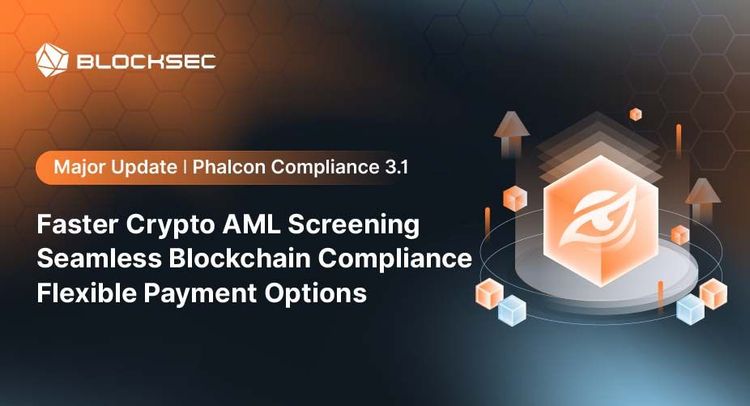Introduction
In the realm of security audits, staying ahead of potential vulnerabilities is crucial to safeguarding systems and data. Fuzzing, a powerful technique used to uncover software vulnerabilities, has emerged as a valuable tool in security audits. This blog post explores the application of fuzzing in security audits, with a specific focus on its relevance in the context of blockchain security. We will delve into how BlockSec, a leading blockchain security company, utilizes fuzzing techniques to enhance the effectiveness of their audits. By combining automated vulnerability scanning with manual analysis, BlockSec provides comprehensive security assessments for smart contracts and EVM chains.
Section 1: Fuzzing and its Significance in Security Audits
Fuzzing, also known as fuzz testing or robustness testing, is a dynamic approach to identifying vulnerabilities in software systems. By injecting unexpected and random inputs, fuzzing aims to trigger unanticipated behavior and uncover potential security weaknesses. This technique has gained prominence due to its effectiveness in finding both known and unknown vulnerabilities.
In security audits, fuzzing plays a vital role in identifying vulnerabilities in smart contracts and EVM chains. The decentralized and immutable nature of blockchain systems makes them particularly susceptible to attacks, necessitating thorough security audits. Fuzzing techniques can uncover potential vulnerabilities that may be missed by traditional manual audits, ensuring a comprehensive assessment of the system's security posture.
Section 2: BlockSec's Fuzzing Approach for Blockchain Security Audits
BlockSec, a leading blockchain security company, leverages fuzzing techniques in their comprehensive security audits. Their approach combines automated vulnerability scanning with manual verification and business logic analysis to ensure a thorough examination of the codebase.
BlockSec's utilization of fuzzing techniques offers several benefits for blockchain security audits:
-
Comprehensive Vulnerability Detection: Fuzzing techniques excel in identifying a wide range of vulnerabilities, including input validation issues, buffer overflows, and logic flaws. By subjecting smart contracts and EVM chains to a diverse set of inputs generated through fuzzing, BlockSec can discover vulnerabilities that may go undetected with traditional testing methods. This comprehensive approach ensures potential weaknesses are identified and addressed proactively.
-
Proactive Risk Mitigation: Fuzzing allows BlockSec to take a proactive stance in risk mitigation by identifying vulnerabilities before they are exploited. By simulating real-world scenarios and injecting unexpected inputs, fuzzing techniques can uncover vulnerabilities that may only manifest under certain conditions. This proactive approach enables BlockSec to provide actionable recommendations to developers and project teams, enhancing the overall security posture of smart contracts and EVM chains.
Conclusion
BlockSec, a leading blockchain security company, utilizes fuzzing techniques to enhance the effectiveness of their security audits. By combining automated vulnerability scanning with manual analysis, BlockSec provides comprehensive security assessments for smart contracts and EVM chains. Fuzzing allows BlockSec to proactively identify and mitigate vulnerabilities, reducing the risk of potential exploits. With their expertise in blockchain security and utilization of fuzzing techniques, BlockSec fortifies blockchain systems, protects user assets, and establishes trust in the rapidly growing blockchain ecosystem.
Contact BlockSec
‒ Fill out the form to get a BlockSec's audit quote:
https://blocksec.com/request-an-audit
‒ Visit the landing page to learn about BlockSec's audit services:




